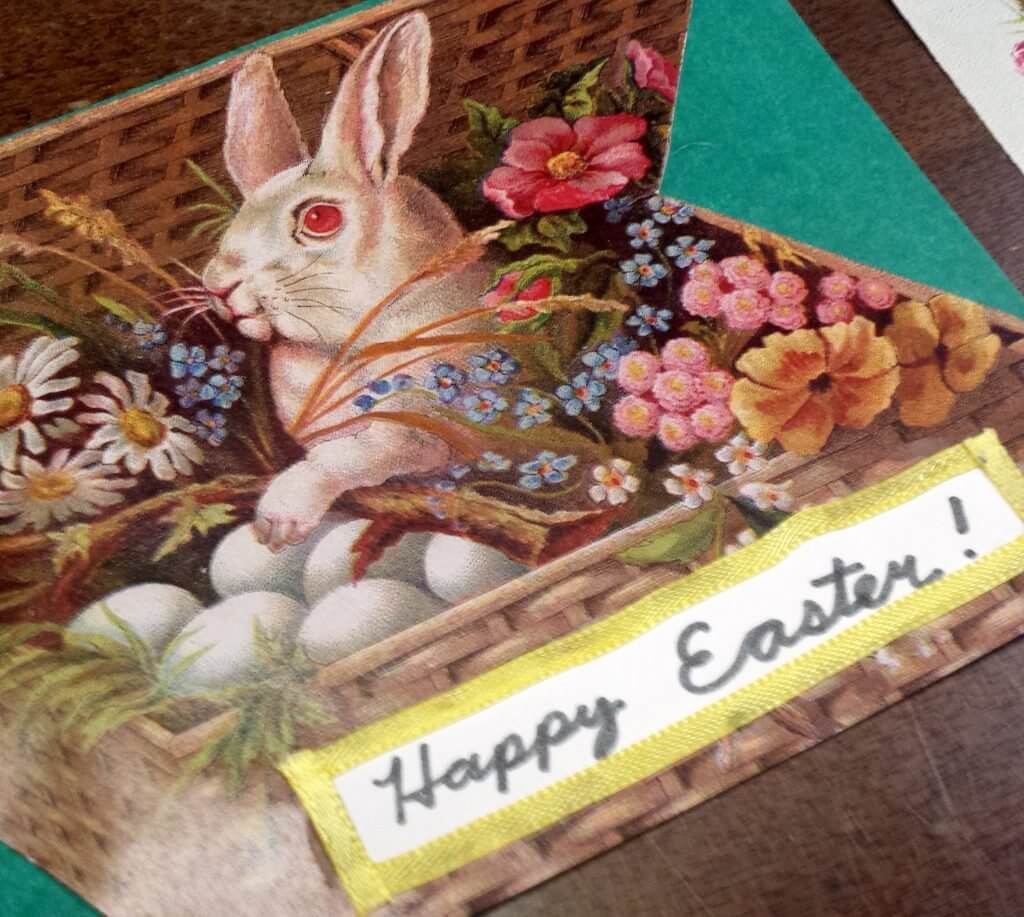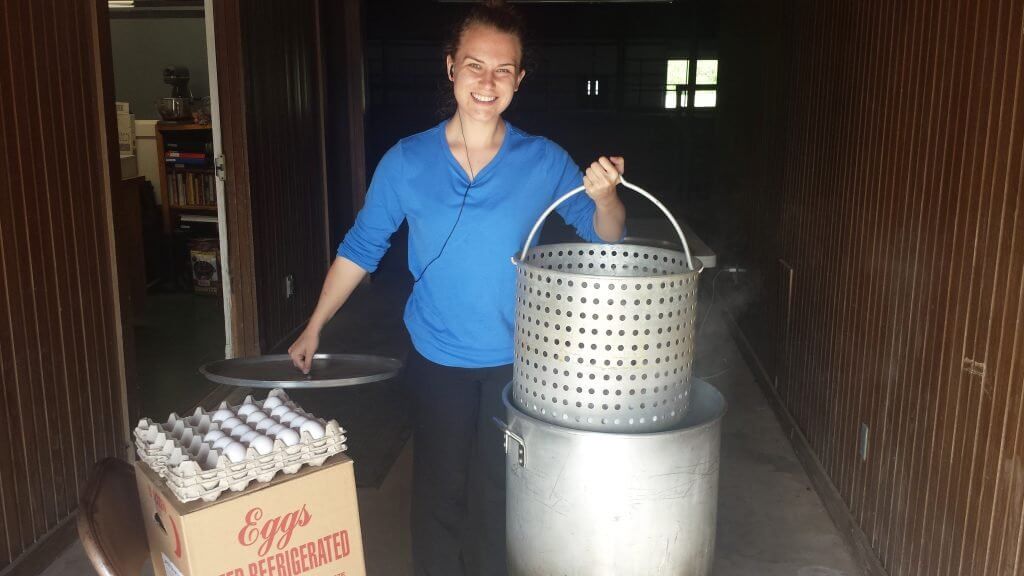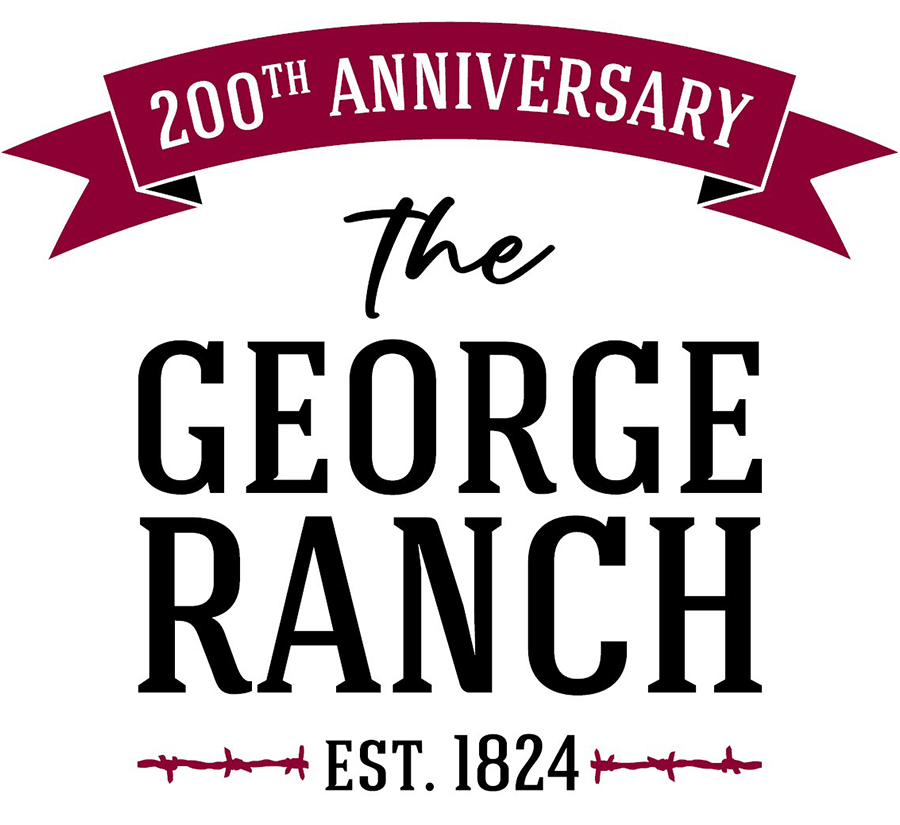From the Easter Hare to Egg Dolls: The History Behind Our Favorite Easter Traditions
By Hanna Reed
Spring 2018 Intern
Spring has finally arrived, and it’s a beautiful time of year to visit the Ranch! As we prepare for this Saturday’s Old-Fashioned Easter Celebration, we have been diving into the rich history and traditions of this spring holiday:
Easter Bunny
Though the exact origins of the egg-bringing rabbit are unclear, the earliest recording of the Easter Bunny in America dates back to the 1700s when German immigrants brought the Osterhase (“Easter Hare”) tradition to Pennsylvania. Children would prepare a nest for the Osterhase, and he would bring them colored eggs, treats or small toys. Much like his winter counterpart Santa Claus, the Easter Hare was said to only bring treats to good little boys and girls.

The Victorians loved to send cards — and the Easter holiday was no exception! This image shows a Victorian-era Easter bunny. You’ll get to make your own Victorian Easter card at the 1890s Davis Victorian Mansion’s Cook’s Quarters on Saturday!
Easter Eggs
Traditionally, the egg was an ancient symbol of new life. It was associated with pagan festivals celebrating spring; for Christians, it came to represent Jesus’ resurrection. According to some sources, egg decorating is a tradition that dates back to at least the 13th century. “One explanation for this custom is that eggs were formerly a forbidden food during the Lenten season, so people would paint and decorate them to mark the end of the period of penance and fasting, then eat them on Easter as a celebration,” said one article on history.com.
Russia also has a culture of decorating and giving eggs for the holiday. Children would be given porcelain, wood or glass eggs. The eggs would have intricate scenes of spring landscapes, baby animals or other symbols affiliated with the resurrection of Jesus. These eggs would also have small gifts inside of them for the children.
On Saturday, you’ll get the chance to make a 1930s-era egg doll using a real eggshell. Based on all the research I’m finding, the egg doll tradition originated around the turn of the century in New York. Parents would empty the egg of its yolk and then decorate the empty eggshell as a doll head. It would be something fancy and delicate to give to their kids – probably as a cheaper alternative to porcelain.
Easter Egg Hunts & Egg Rolls
A favorite Easter activity for children is the annual Easter egg hunt. For the past three centuries, the traditional egg hunt features hard-boiled or (in the modern era) plastic, candy-filled eggs strategically hidden for the children to find. The White House Easter Egg Roll, which first took place in 1878, is an American tradition where children race across the White House lawn pushing decorated hard-boiled eggs with a stick.
Here at the Ranch, we will host three Easter Egg Hunts on Saturday at 11 a.m., 1 p.m. and 3 p.m. Bring your Easter baskets and be sure to arrive at the Park 30 minutes to one hour ahead of time to ensure you’ll make it to the starting line at the 1860s Ryon Prairie Home on time! And though we won’t have a traditional egg roll this year, you will get a chance to play a rousing game of egg toss at the 1830s Jones Stock Farm! We will see you on Saturday!

Intern Life: Today I’m boiling all the eggs for Saturday’s old-fashioned Easter egg hunt!
Special thank you to H-E-B Richmond Market for donating all the eggs for this year’s old-fashioned Easter egg hunt!



